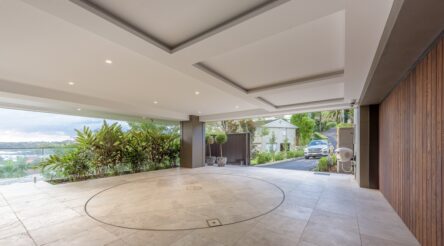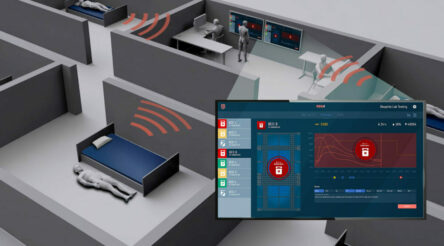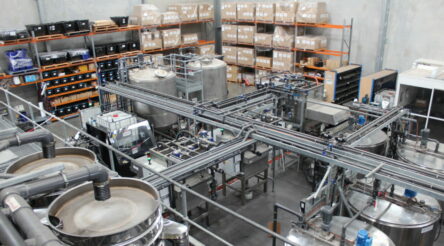A light approach to more dexterous robots
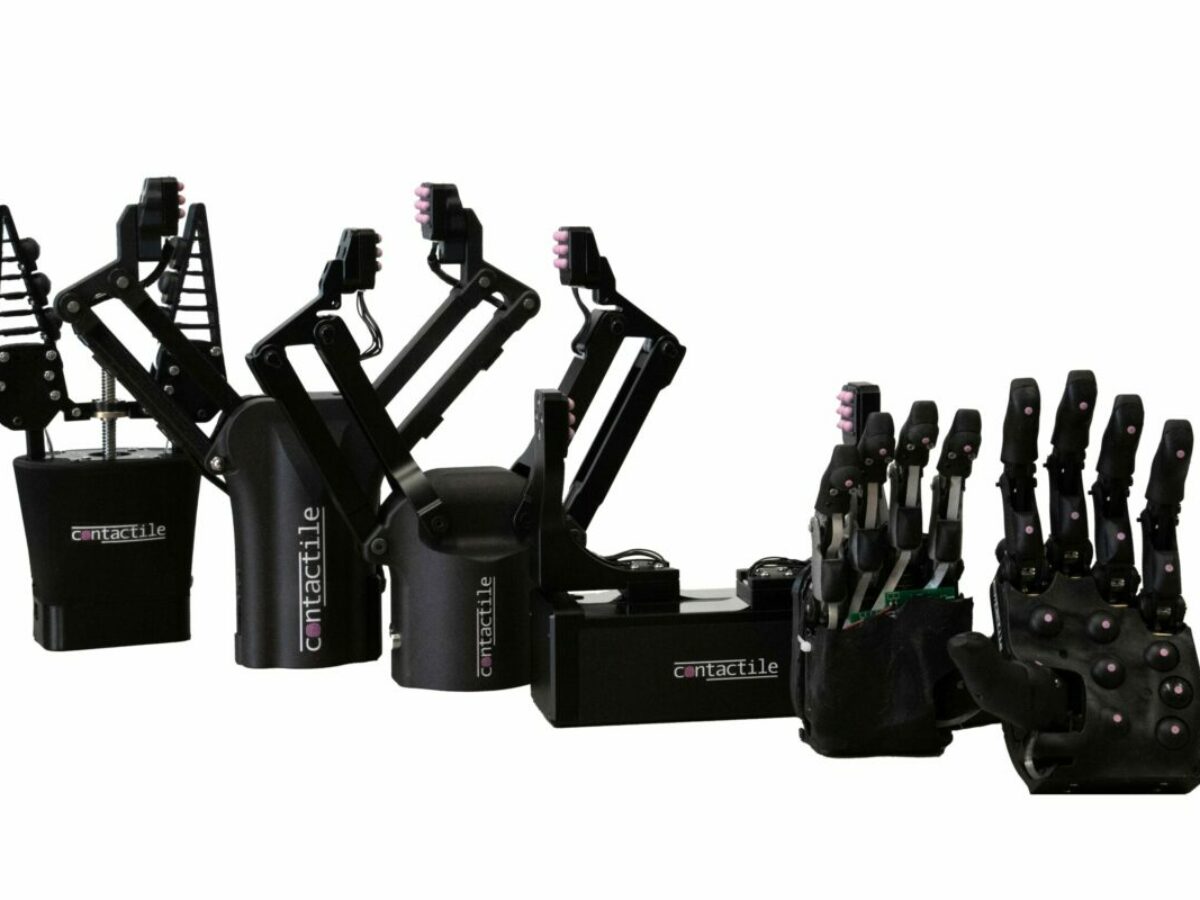
It’s the final day to nominate for this title’s Australia’s 50 Most Innovative Manufacturers list. As we prepare to pass things along to our panel of expert judges, we take a look at Contactile. Brent Balinski speaks to the sensor specialist’s co-founder Dr Heba Khamis.
Maybe it was palletising, machine tending or lifting heavy workpieces. Maybe something else. But if you’ve recently seen a robot at work in a factory, it’s highly likely it occupied a role described by one of the famous three Ds: dull, dirty or dangerous.
It is unlikely you’d describe it as displaying a different D: dexterity.
Robots don’t get bored or tired, and compared to us, they’re generally stronger and more precise.
But giving them the ability to do many of the things we take for granted – skillfully grasp and handle objects we’re unfamiliar with, for example – remains a work in progress.
Dr Heba Khamis, co-founder and CEO of sensor startup Contactile, explains that dexterity has two elements: mechanics and sensing.
Do you think you belong on @AuManufacturing’s list of Australia’s 50 Most Innovative Manufacturers? Apply to be recognised in this exclusive group here.
While some have created ever-more-elaborate robot arms, Contactile has focussed on the other element. Khamis contends that you can do a lot with simple mechanics and improved sensing.
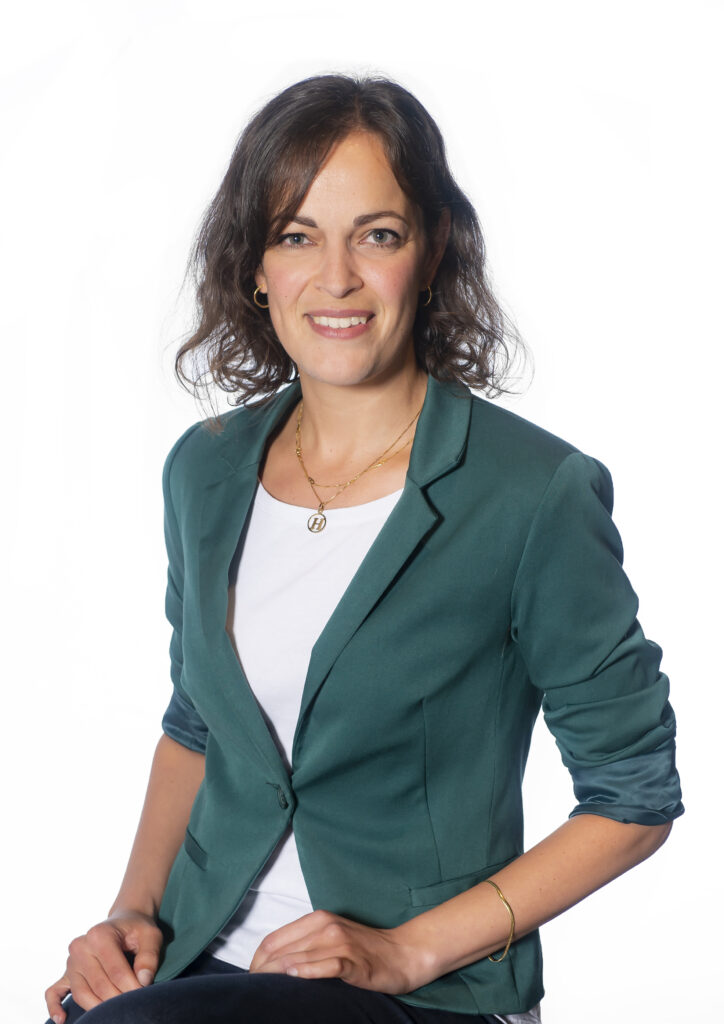
“A lot of companies, and it’s very prominent in the media at the moment, are attempting the human form factor, and humanoids are very hyped up… Whether or not we actually need that, I’m not sure. I won’t speculate [laughs]” she tells @AuManufacturing.
“I believe you can get away with quite simple mechanics as long as you give a decent sense of touch. So when I say simple mechanics, even a two-fingered gripper, with and without tactile sensing, is the difference between just being a pick and place thing for known objects to something that can actually open a door. Or fold laundry, to use your example from earlier.”
Contactile’s three founders – Khamis, CTO Ben Xia, and Stephen Redmond (now an Associate Professor of Biomedical Engineering at University College Dublin) – progressed an approach to sensing as far as it could go inside the University of NSW before establishing the company in 2019
It’s based on tracking light inside a silicone pad as it touches an object. This can be used to calculate 3D deflection, force and vibration. Taken together, multiple pads can be used to calculate torque, slip and friction.
The important differentiator in their approach is in measuring slipperiness, adds Khamis, giving the example of picking up a clean glass versus an oily glass.
“The oily one you’ve got to grip it much harder. Even though the glass is identical,” she explains.
“The clean one you grip it much gentler.”
For their innovation – available for sale as a single sensor, arrays of them, and software development kits – the electronic and mechanical ingredients have been pretty much figured out. A bigger challenge has been in finding a local supplier of silicone parts.
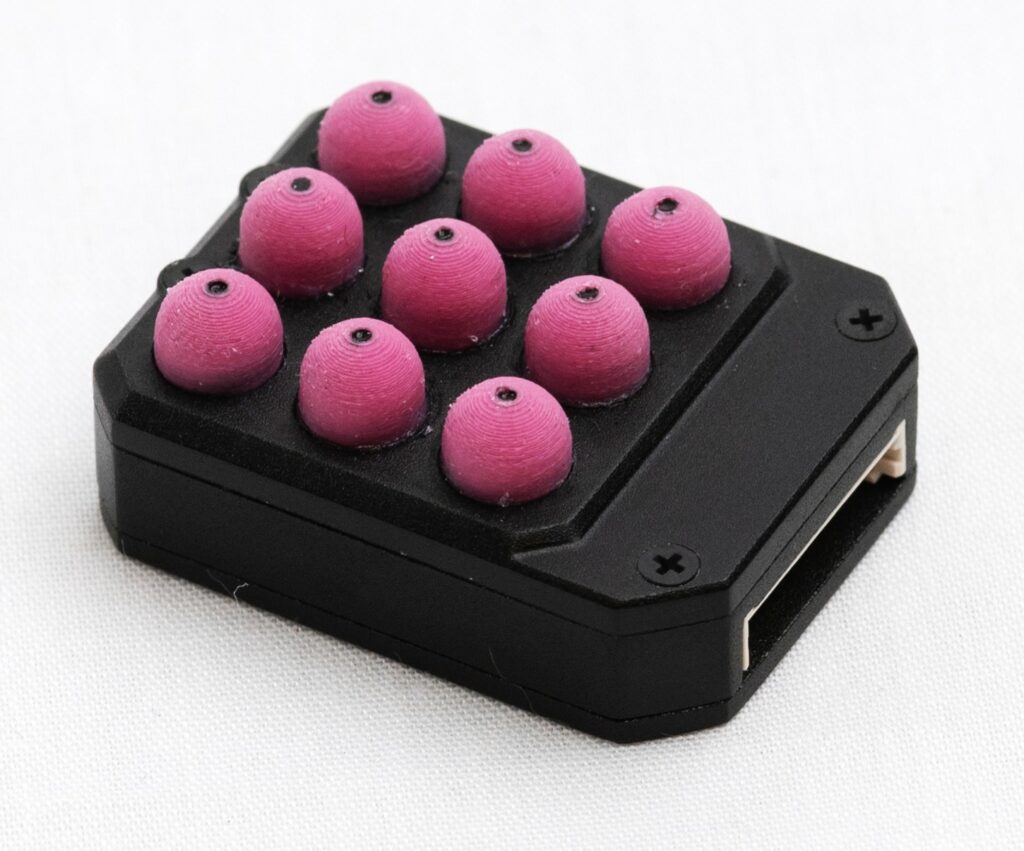 The deformable silicone has to bond reliably with a rigid material and satisfy niche optical purposes. Being an early-stage business, the volumes required are small, and would-be suppliers have generally put Contactile in the too-hard basket, according to Khamis.
The deformable silicone has to bond reliably with a rigid material and satisfy niche optical purposes. Being an early-stage business, the volumes required are small, and would-be suppliers have generally put Contactile in the too-hard basket, according to Khamis.
The company has its products in university labs and the R&D departments of some big-name businesses with big-time logistics needs. Most of the market pull has been from e-commerce, and Contactile is hopeful that a major customer will eventually want its robot helpers decked out in dexterity-delivering sensor arrays.
As for her personal understanding of innovation, Khamis says she doesn’t have an elegant definition, but it involves rejecting the notion that “this is the way we’ve always done it” is justification enough.
“To me that’s actually a trigger” she tells us, with a chuckle.
“When someone responds to something with ‘well this is the way we’ve always done it’ or ‘we’re not going to change what we currently do.’ To me, innovation is the opposite of that.”
In this episode of @AuManufacturing Conversations, Khamis tells us more about the company’s novel approach to making robots less clumsy, where they’ve seen the most interest from, what pressure sensors on grippers can’t do, and more.
Episode guide
0:55 – origin story stuff.
2:20 – Investigating the possibility of commercialisation via accelerators. “We didn’t realise how naive we were until we’d done those programs.”
4:15 – The optical-based sensors and how they work.
4:42 – Some different ways that tracking light is used.
5:38 – Why slipperiness is important to the Contactile’s approach to sensing.
6:40 – How dexterity is useful and how others have tried to replicate it.
7:30 – What vision-based sensing misses.
8:47 – Not a lot of groups developing tactile sensors.
10:52 – On dexterity’s two components: mechanics and sensing.
11:45 – Warehouse environments and questions about why humanoid robots are the best choice for these.
12:49 – Current products.
13:50 – The challenge of manufacturing their products. The silicone has been the tricky bit.
14:55 – Use of Australian companies in manufacturing, testing, system integration.
16:32 – Use of Australian universities for R&D.
16:58 – Size of team.
17:35 – E-commerce is where the most market pull has come from.
19:23 – On innovation.
20:08 – Contacting Contactile.
20:36 – Some challenges particular to small businesses.
Pictures: supplied
Australia’s 50 Most Innovative Manufacturers is an annual campaign by @AuManufacturing. It has been made possible through the generous support of MYOB, CSIRO, the NSW government’s Advanced Manufacturing Research Facility, and the Commonwealth Bank. Be sure to check back at this website for regular updates, including profiles of nominees and other information.

Further reading
$US 2.5 million seed round for Sydney sensor maker
Things picking up for Sydney sensor business
From data to decisions — three game changers explain how to get there
CSIRO ON, off since 2020, now back on
@aumanufacturing Sections
Analysis and Commentary Awards Defence Manufacturing News Podcast Technology Videos


